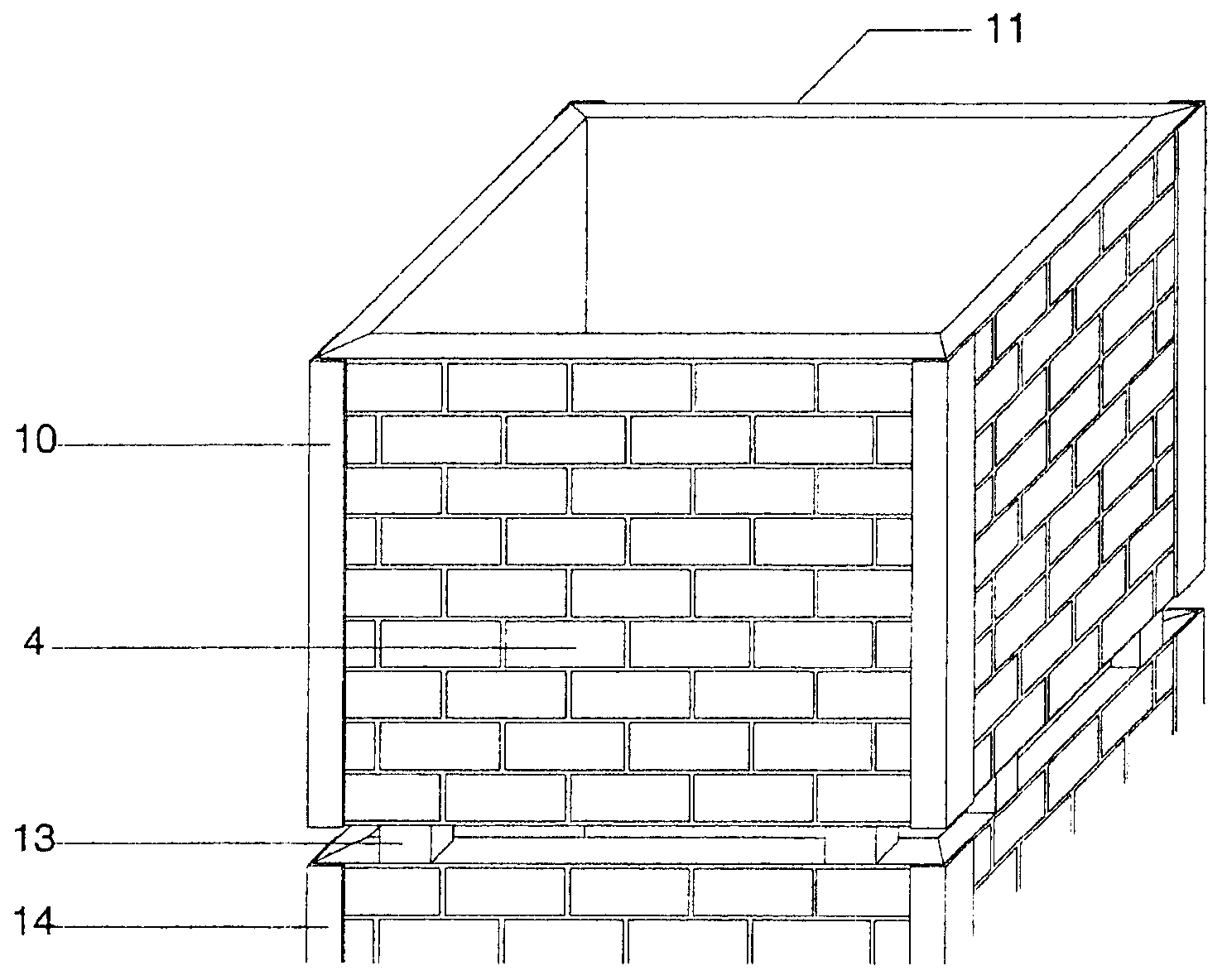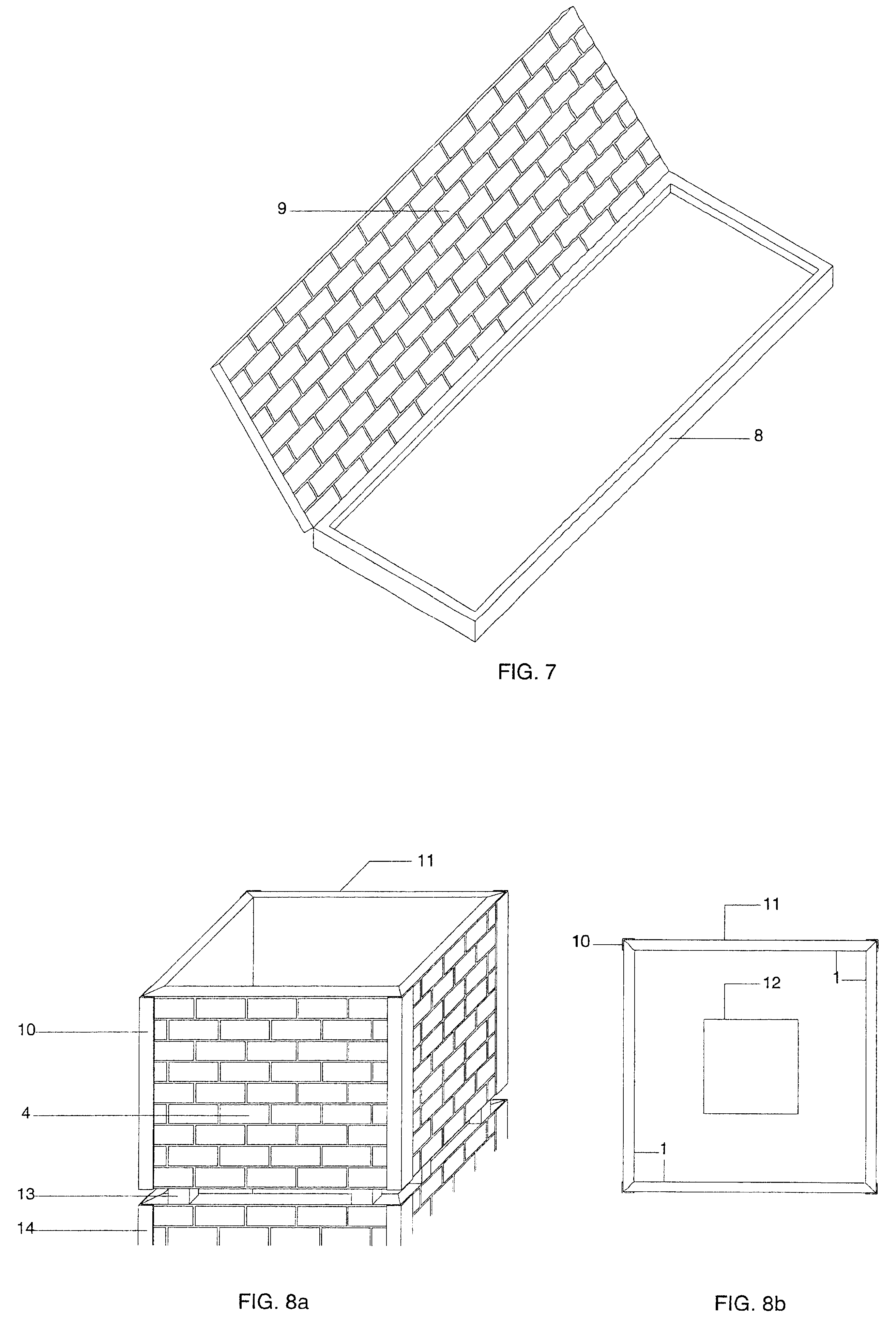Polyurethane foam concealment panel
a polyurethane foam and concealment panel technology, applied in the field of camouflaging antennas, can solve the problems of lack of rf transparency and structural integrity, high cost, and difficult matching to the colors and textures of the surrounding architecture, and achieve the effect of requiring thickness or hardness, safe handling, and cost-effectiveness
- Summary
- Abstract
- Description
- Claims
- Application Information
AI Technical Summary
Benefits of technology
Problems solved by technology
Method used
Image
Examples
example i
A polyurethane foam to be use in the concealment of antenna made in accordance with Table II.
Component B is made by adding each of the listed elements in Table II to a vessel in the sequence in which they are listed. After addition, each new element is added to the mixture already there. Component B is held separate from component A until such time as they are sprayed from conventional spraying equipment. The density of the resultant foam is 1.5-3.0 pcf.
example ii
A polyurethane foam to be use in the concealment of antenna made in accordance with Table III.
The mixing of components A to B in both the conventional and the novel foam is 100 parts of component A to 100 parts of component B, or 1:1 by volume. The density of the resultant foam is 1.5-3.0 pcf.
example iii
A polyurethane foam to be used in the concealment of antenna made in accordance with Table IV.
The mixing components A to B in both conventional and the novel foam is 100 parts of component A to 100 parts of component B, or 1:1 by volume. The density of the resultant foam is 2.0 pcf (32 kg / m. sup.3).
PUM
 Login to View More
Login to View More Abstract
Description
Claims
Application Information
 Login to View More
Login to View More - R&D
- Intellectual Property
- Life Sciences
- Materials
- Tech Scout
- Unparalleled Data Quality
- Higher Quality Content
- 60% Fewer Hallucinations
Browse by: Latest US Patents, China's latest patents, Technical Efficacy Thesaurus, Application Domain, Technology Topic, Popular Technical Reports.
© 2025 PatSnap. All rights reserved.Legal|Privacy policy|Modern Slavery Act Transparency Statement|Sitemap|About US| Contact US: help@patsnap.com



